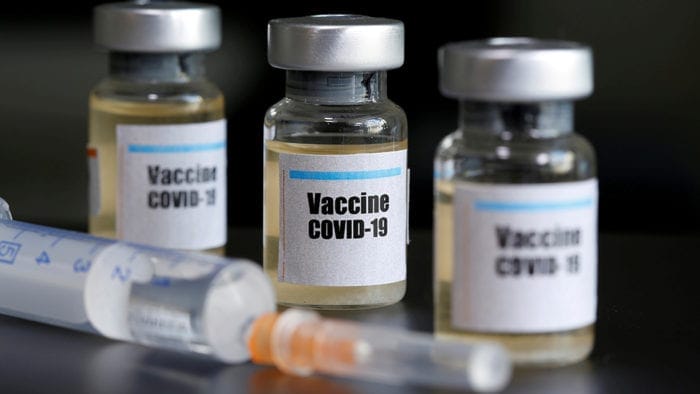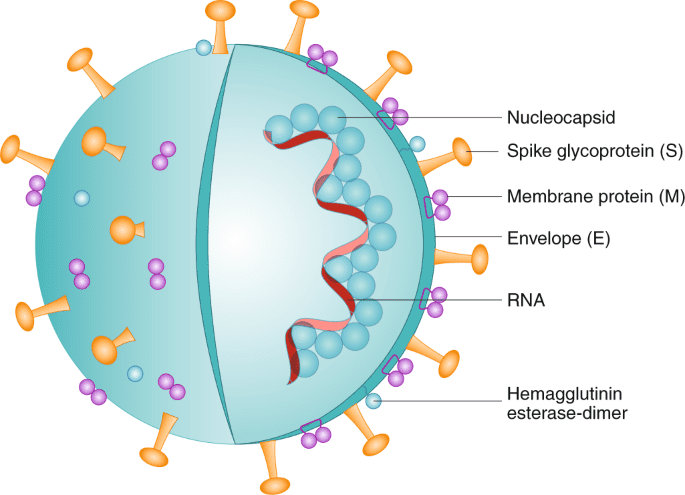Viruses, Vaccines and Virulence: An update from Dr Vincini – Head of Biology
Saturday 14 November 2020

As we enter the second week of lockdown number two, there has been a surge in media hype surrounding potential vaccine candidates for Covid-19. Dr Vincini explains to us the Biology behind Covid-19 and how this RNA vaccine could be our ammunition in the battle against the pandemic.
Covid-19 is a member of the coronavirus family, along with the second most prevalent virus to cause the common cold. The first human coronaviruses were found in the 1960s and they are responsible for up to 30% of cold cases globally. They are zoonotic which means they are capable of passing from animals to humans and we have experienced this with the respiratory viruses, SARS and MERS.
Their name originates from the halo (Corona) like appearance of their outer surface, when looked at using a microscope.

As a non-living particle, Covid-19 requires a host in order to reproduce. The outer surface is comprised of spike proteins which act as anchors to enable the virus to attach to, and infect our cells. Viruses hijack our cells and use them as “mini factories” to replicate their genetic material and their outer protein structure. Once thousands of viral particles have been made by our cells, the cell bursts and the particles go on and infect other cells, and the cycle continues, destroying our cells as it reproduces.

Unlike our own genetic material, Covid-19 contains a single stranded RNA. In order to trick our cells into making the viral proteins the virus has to convert the RNA into DNA and incorporate this into our own DNA in the cell’s nucleus.
The race to produce a Covid-19 vaccine has been a hot media topic over the past few months with the prospect of a functioning vaccine being available as soon as 1 December, vaccination starting with the most vulnerable. Spike proteins have been the target of vaccine research as they are the initiators of our body’s immune response. As soon as something foreign enters our body, our immune system reacts to destroy it.
The most current vaccine proposed is an RNA vaccine which is different to more traditional vaccines. RNA vaccines are not made with viral particles or an inactivated virus, so are non-infectious. The viral RNA contains the instructions to produce the spike proteins on the outside of Covid-19. The viral RNA does not integrate itself into the host genome, so our DNA remains unchanged after the vaccine and the RNA strand in the vaccine is degraded once the protein is made.
Once the foreign spike proteins are in our body, our immune system responds to them in the same way as it would if they were attached to the virus, producing antibodies to destroy them. The white blood cells which produce these antibodies are called memory cells and remain in our body 'remembering' the spike protein they have encountered. They will produce antibodies rapidly if we are infected with Covid-19 and they encounter the protein again.
It is unknown at the present time how long these memory cells remain active in our body and whether a booster vaccine is required.
